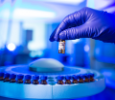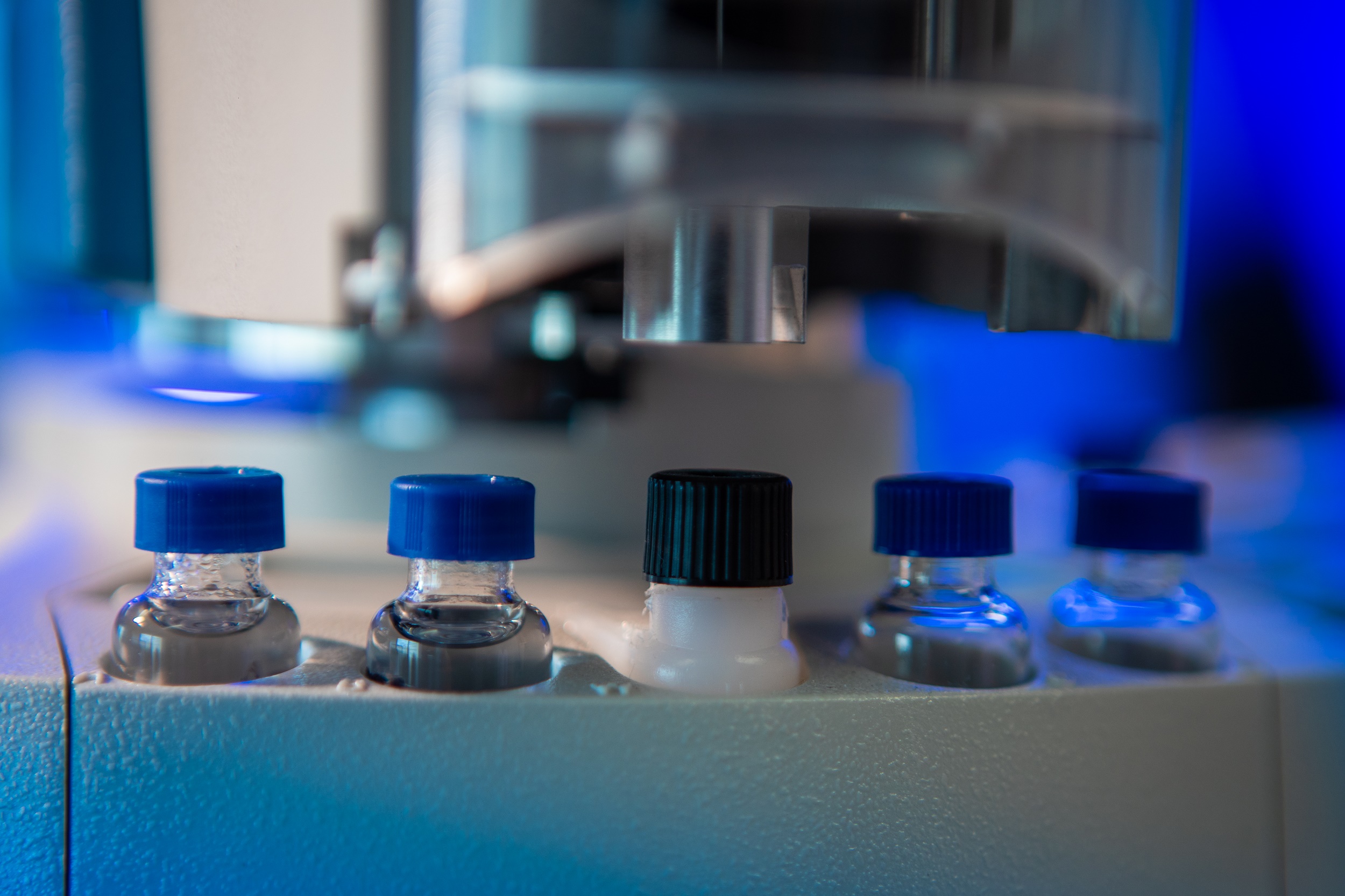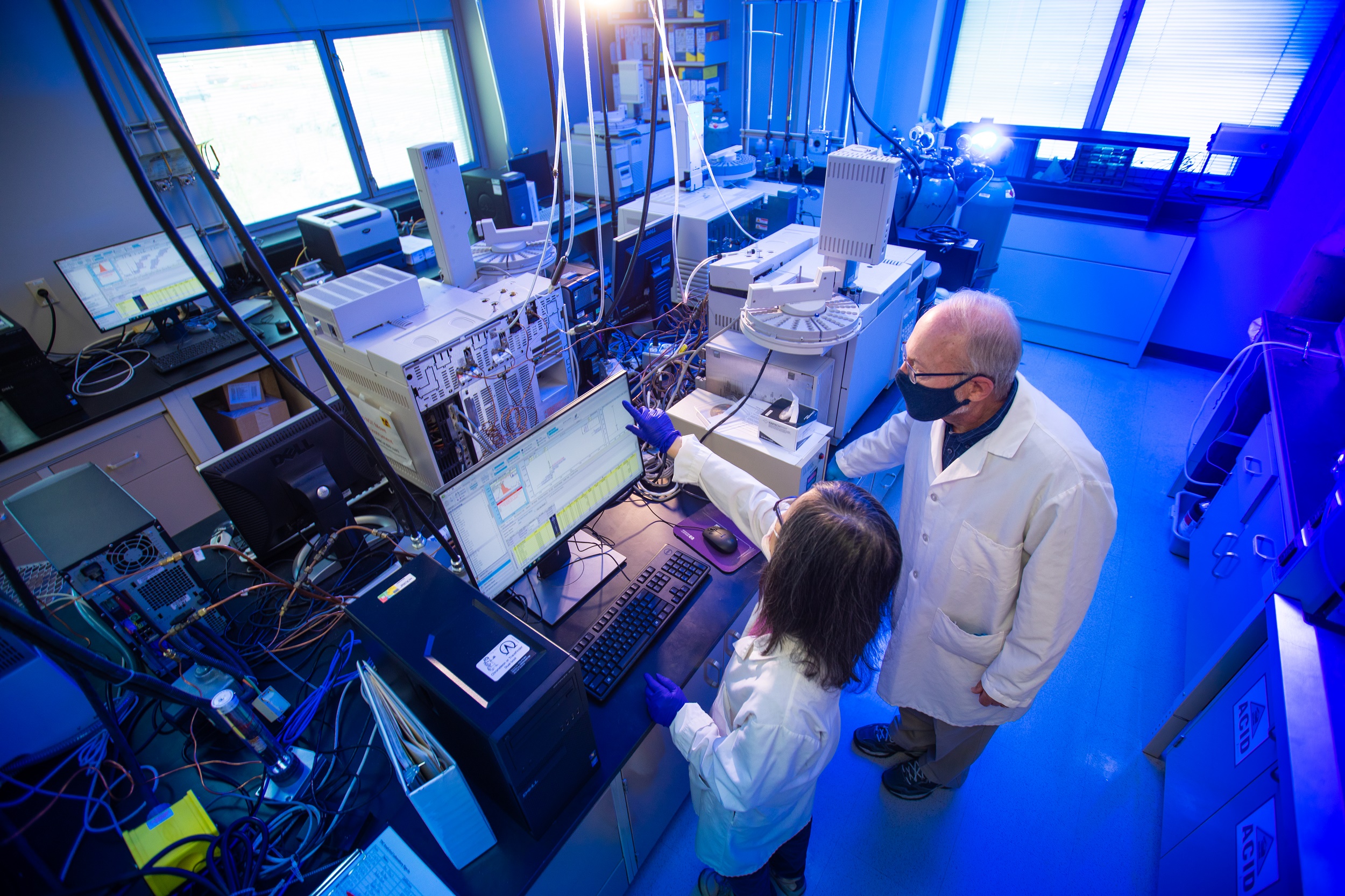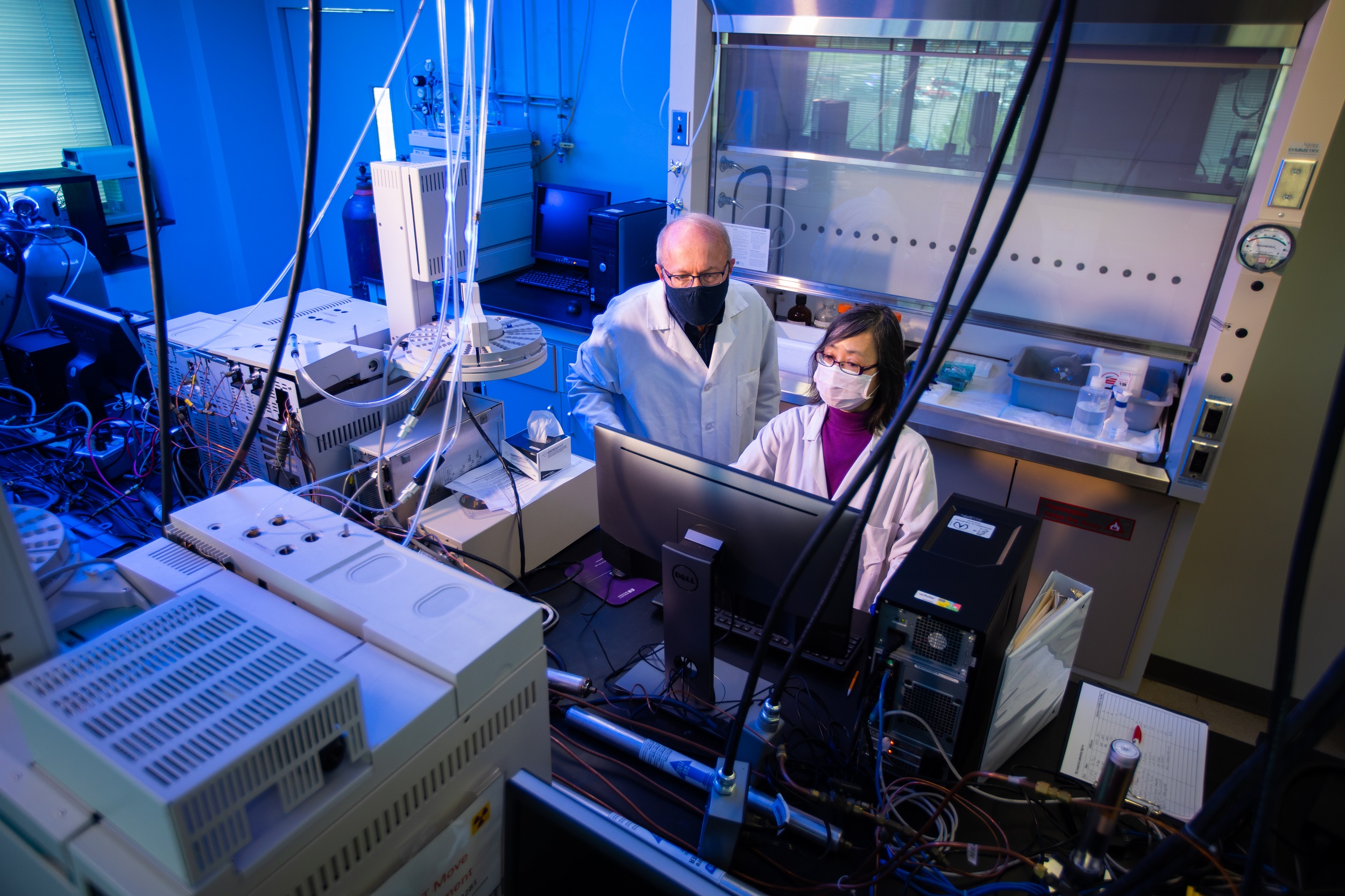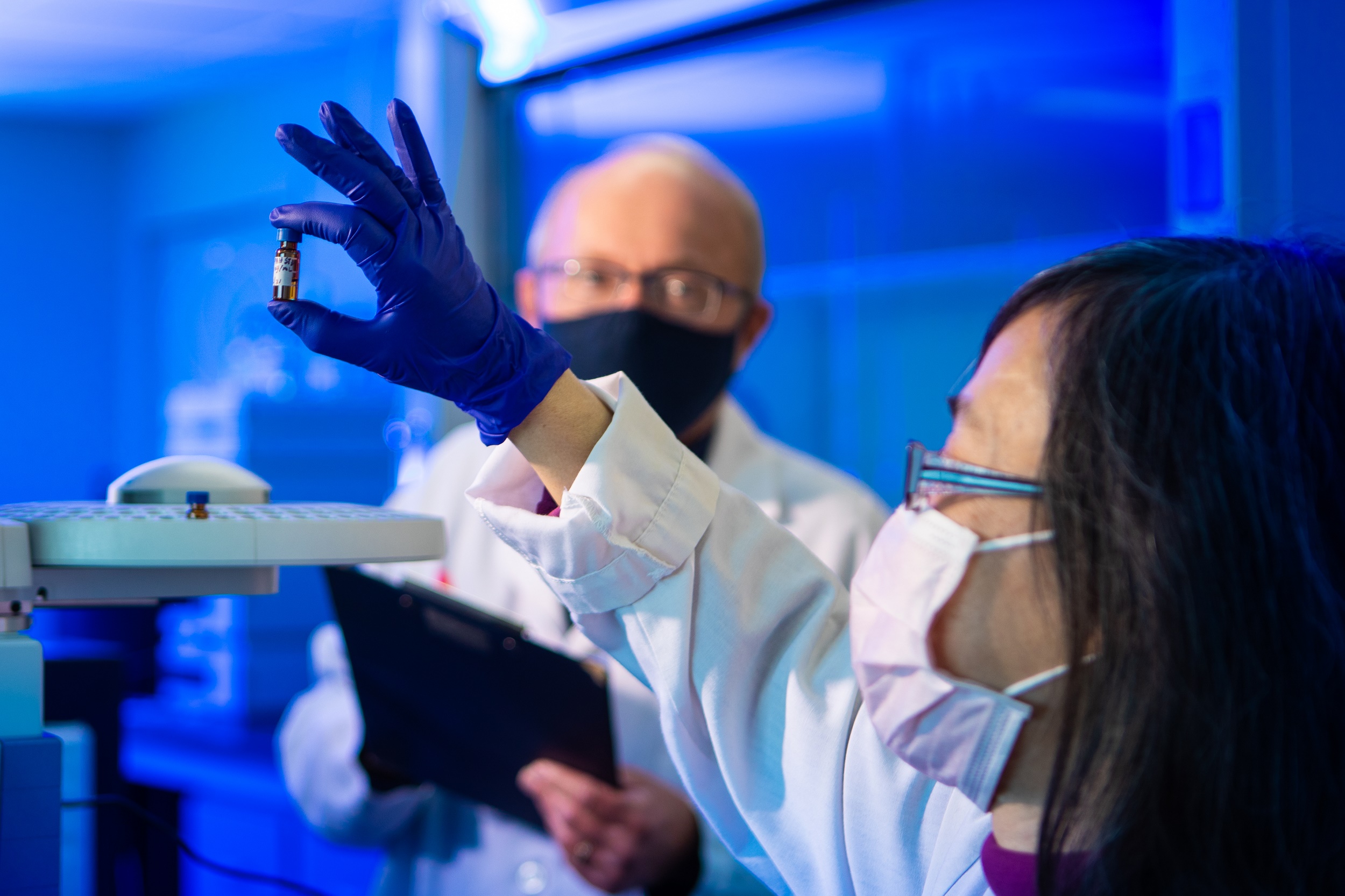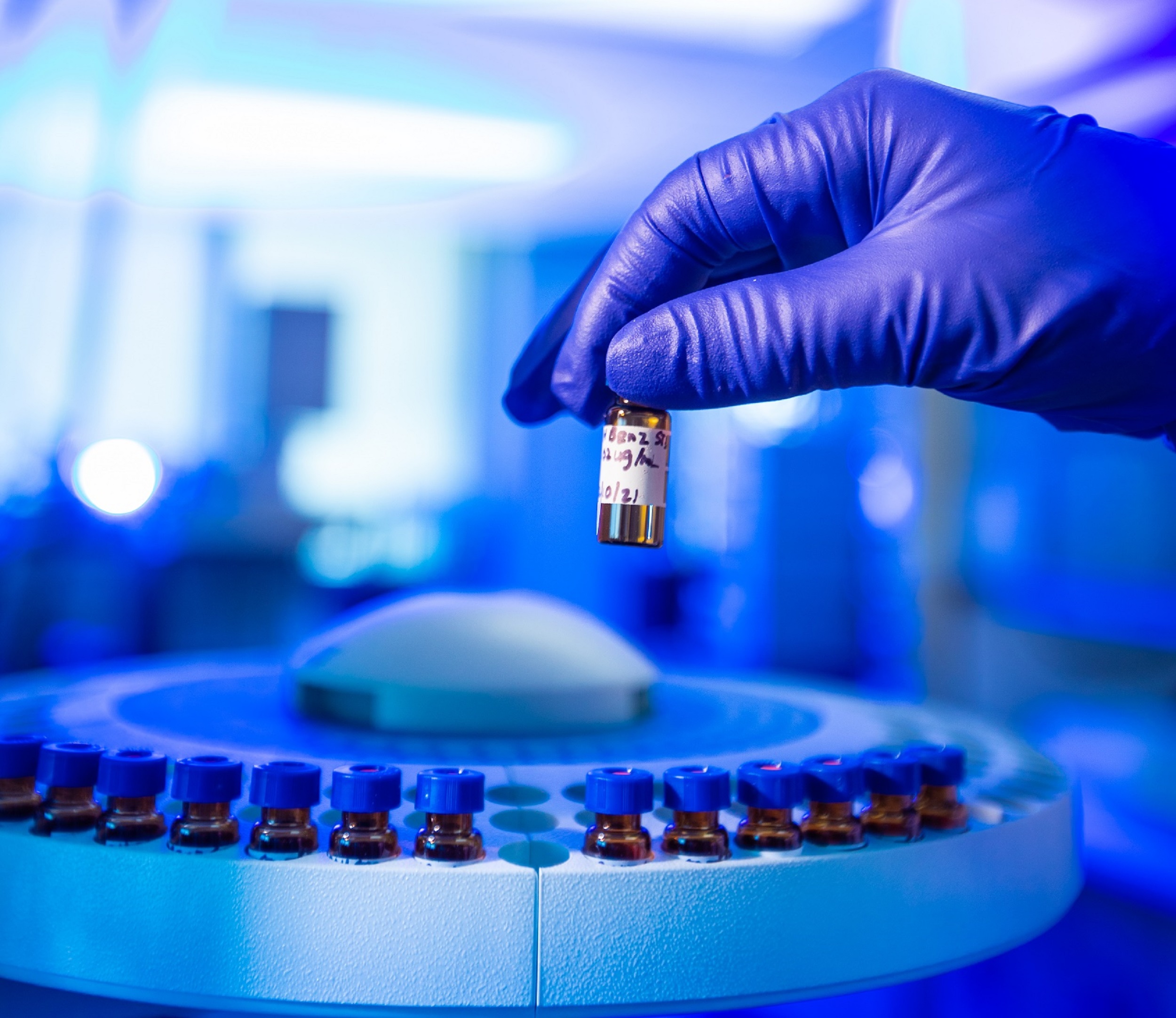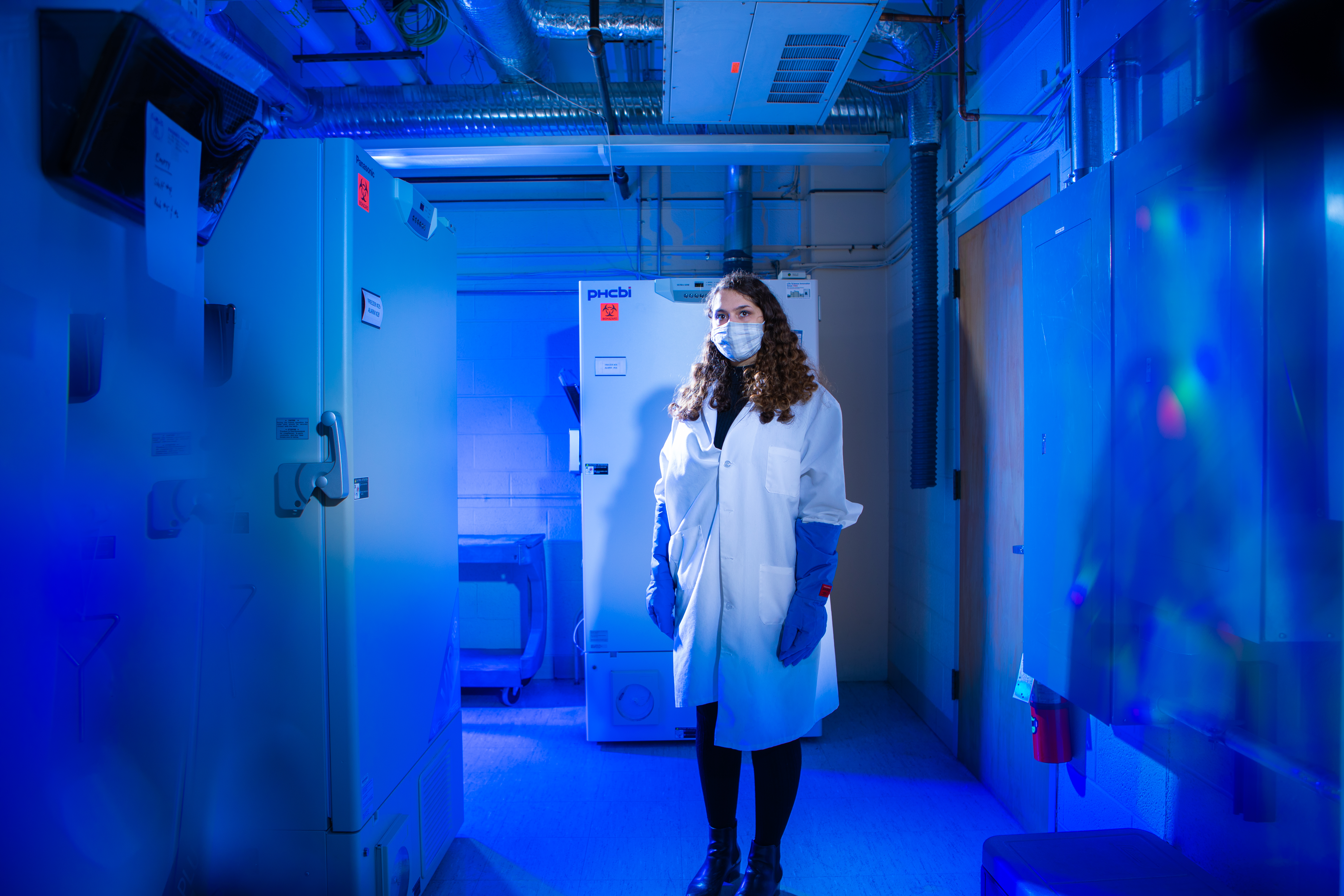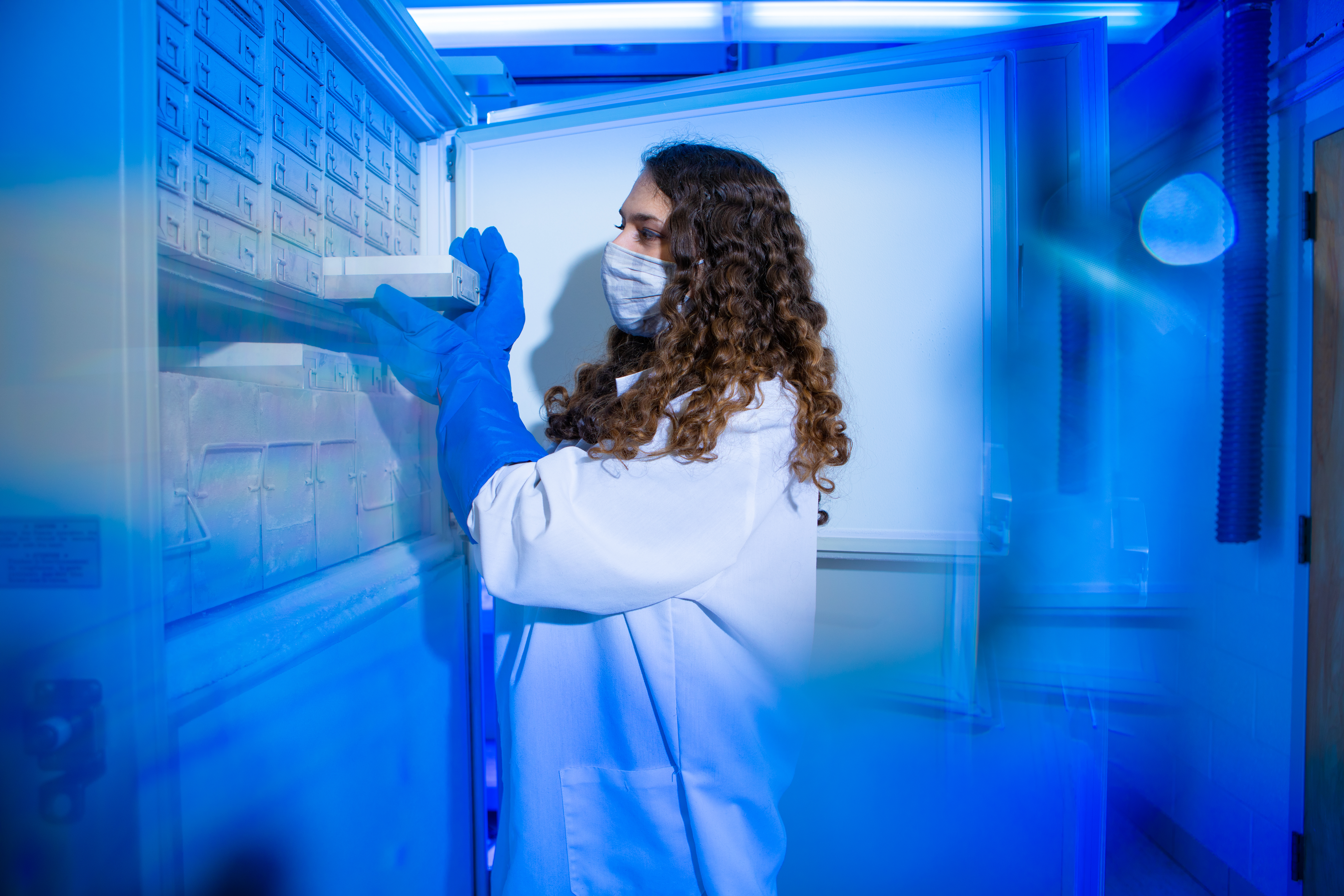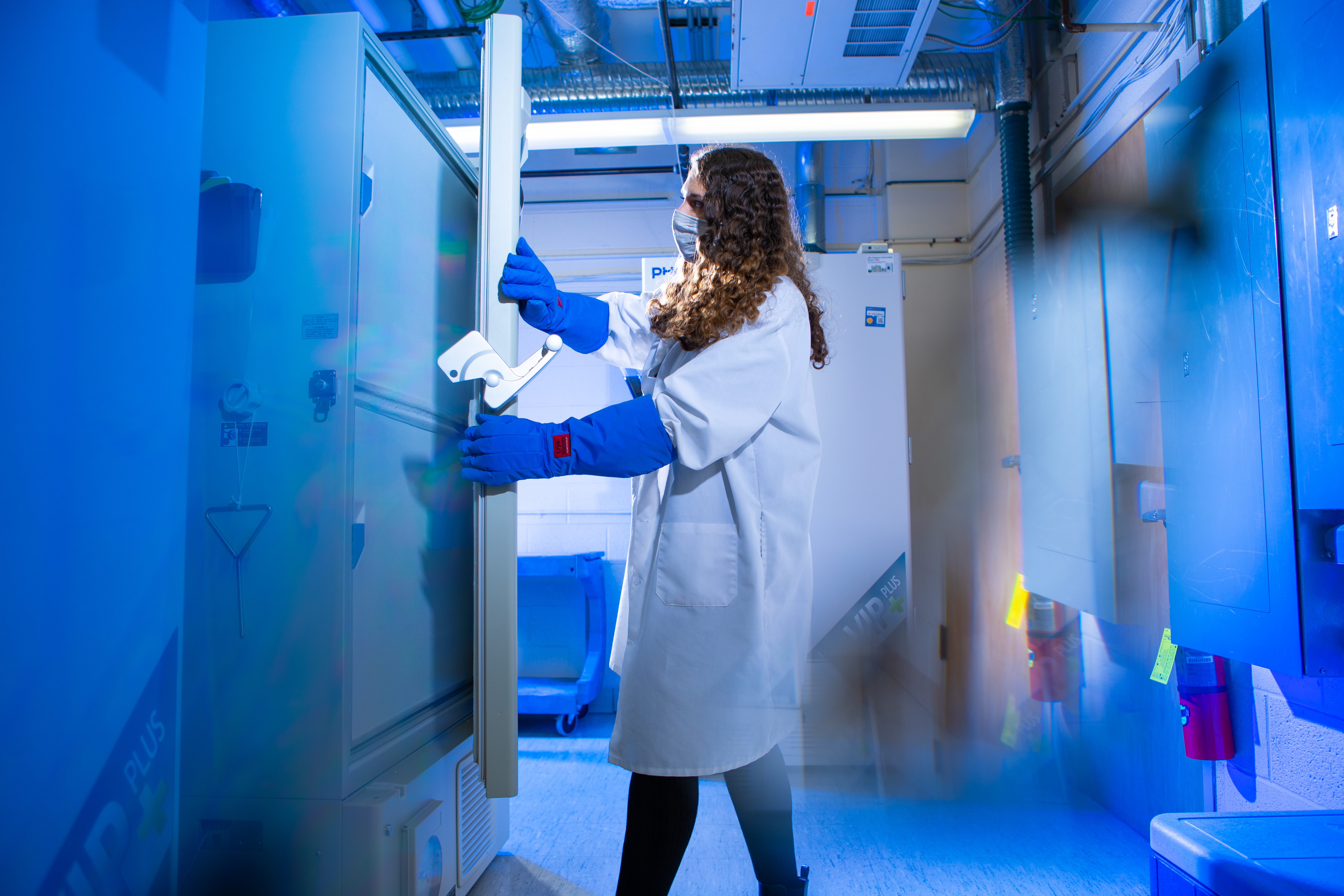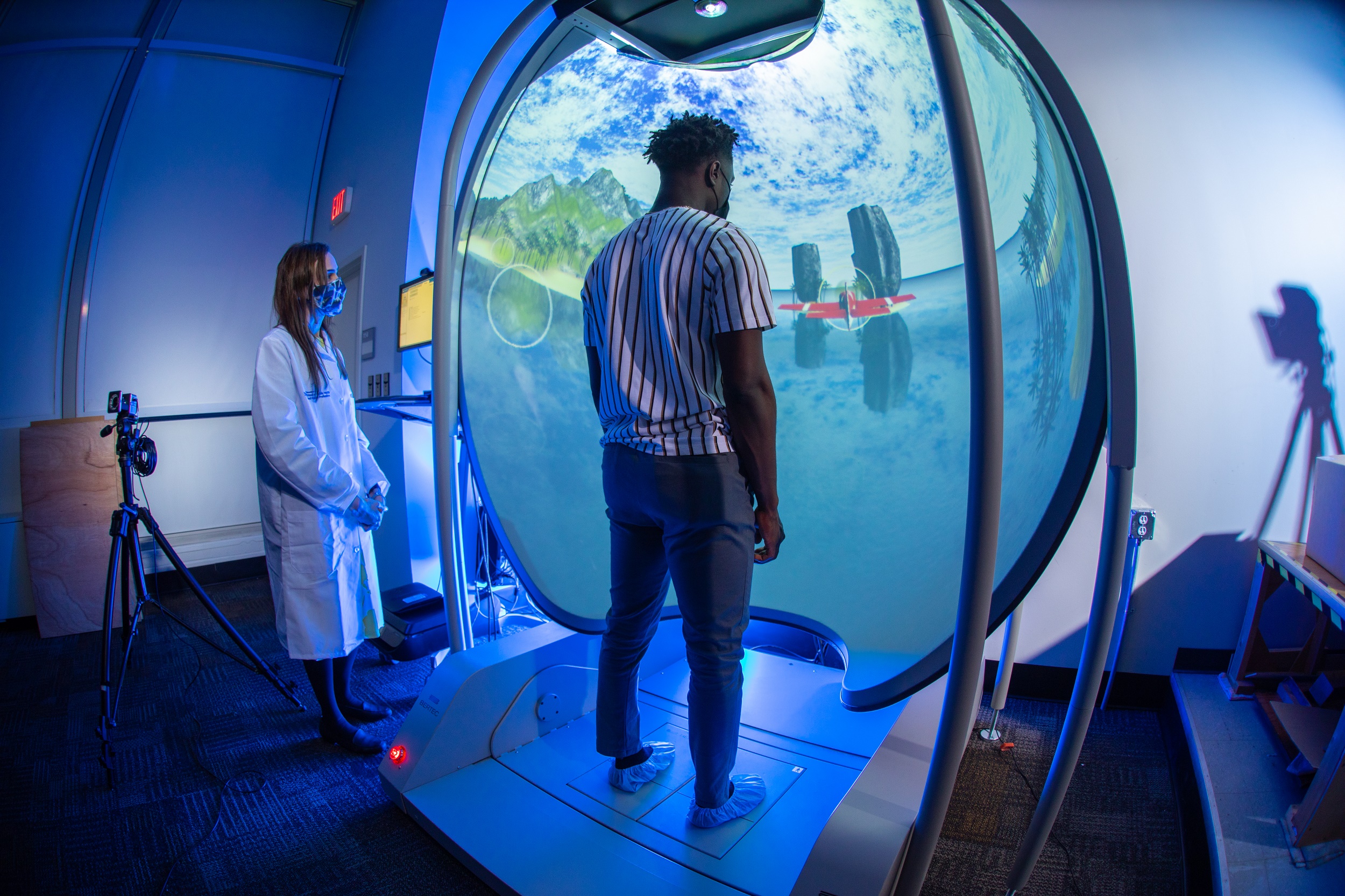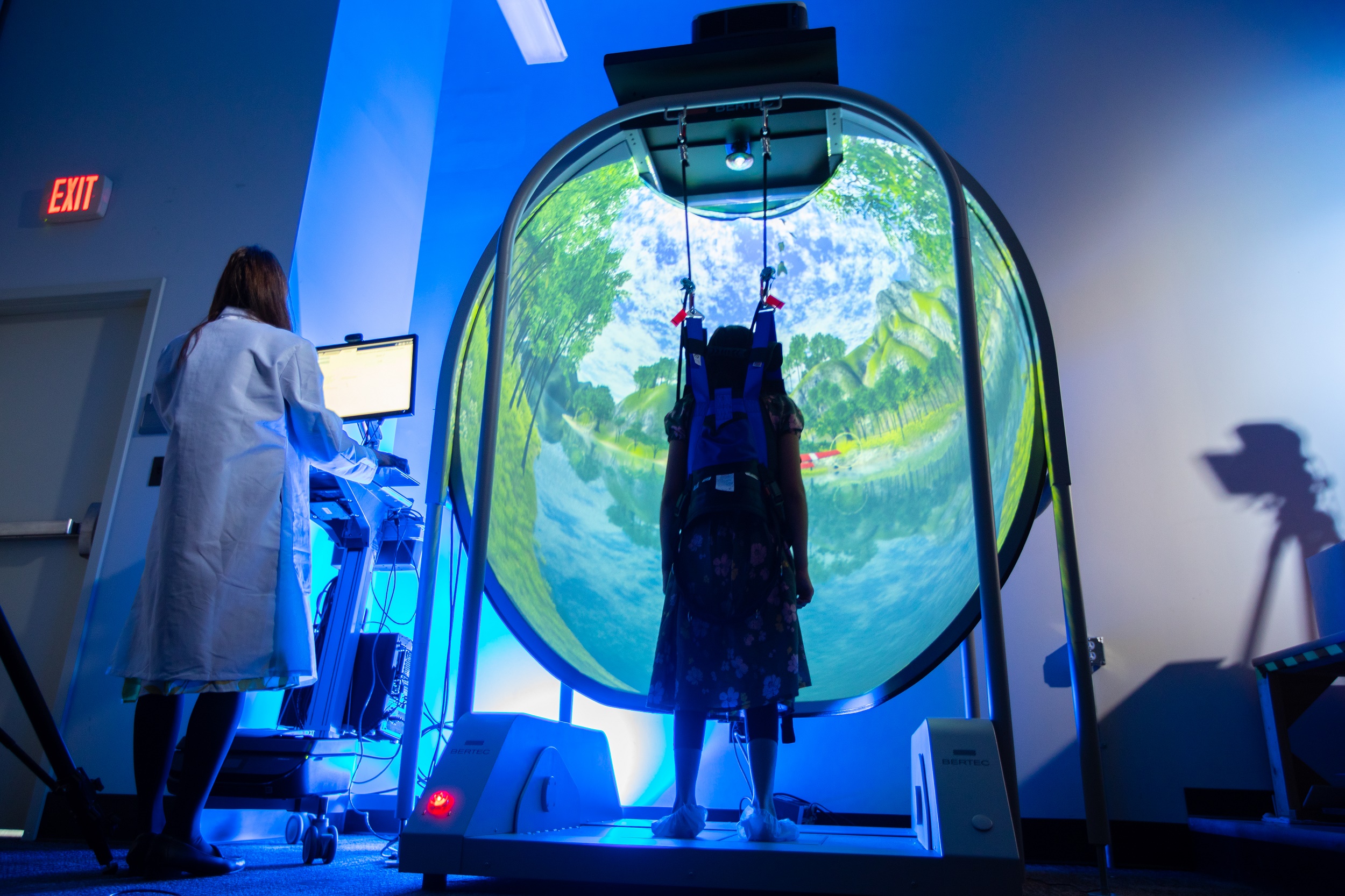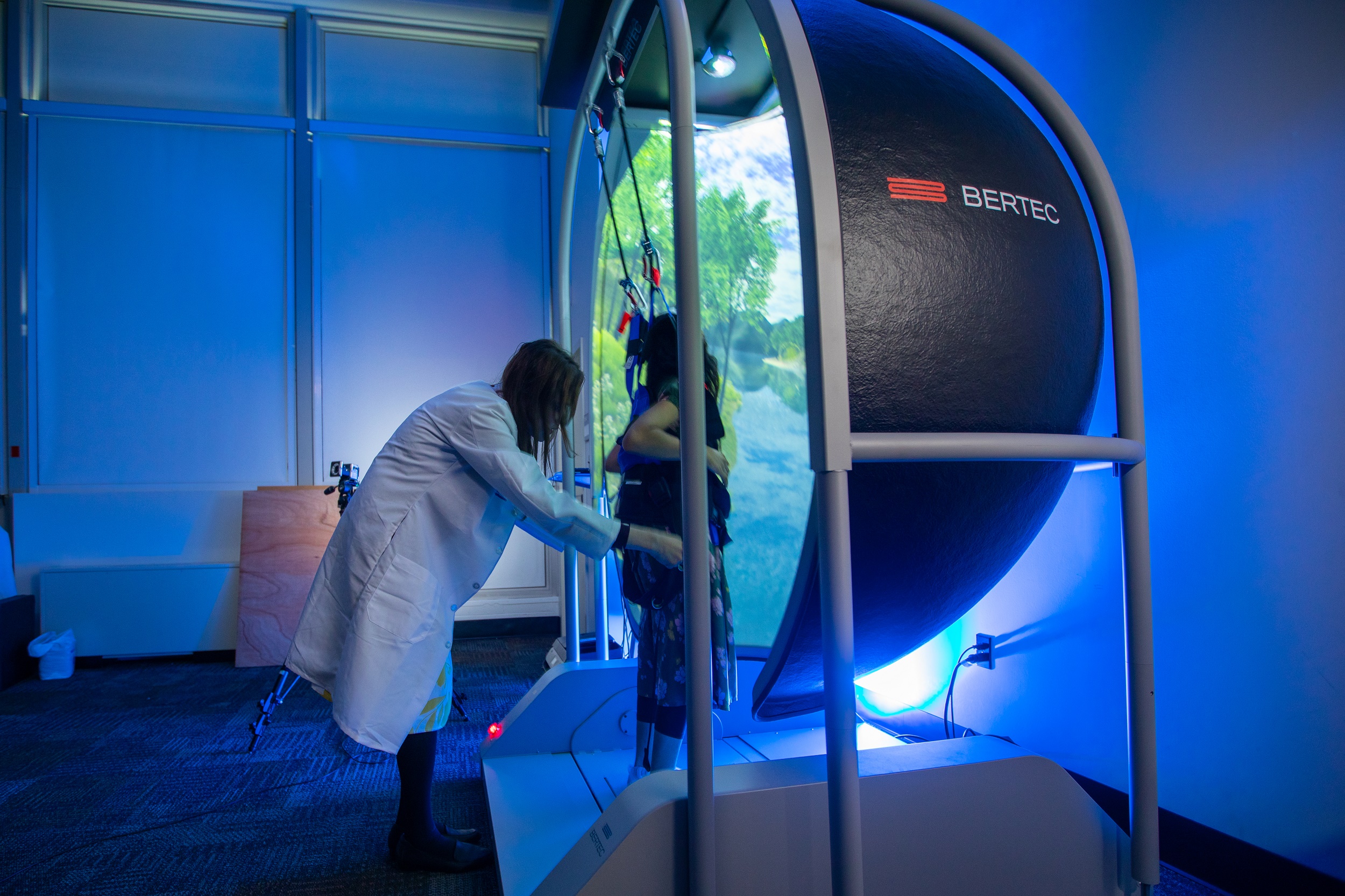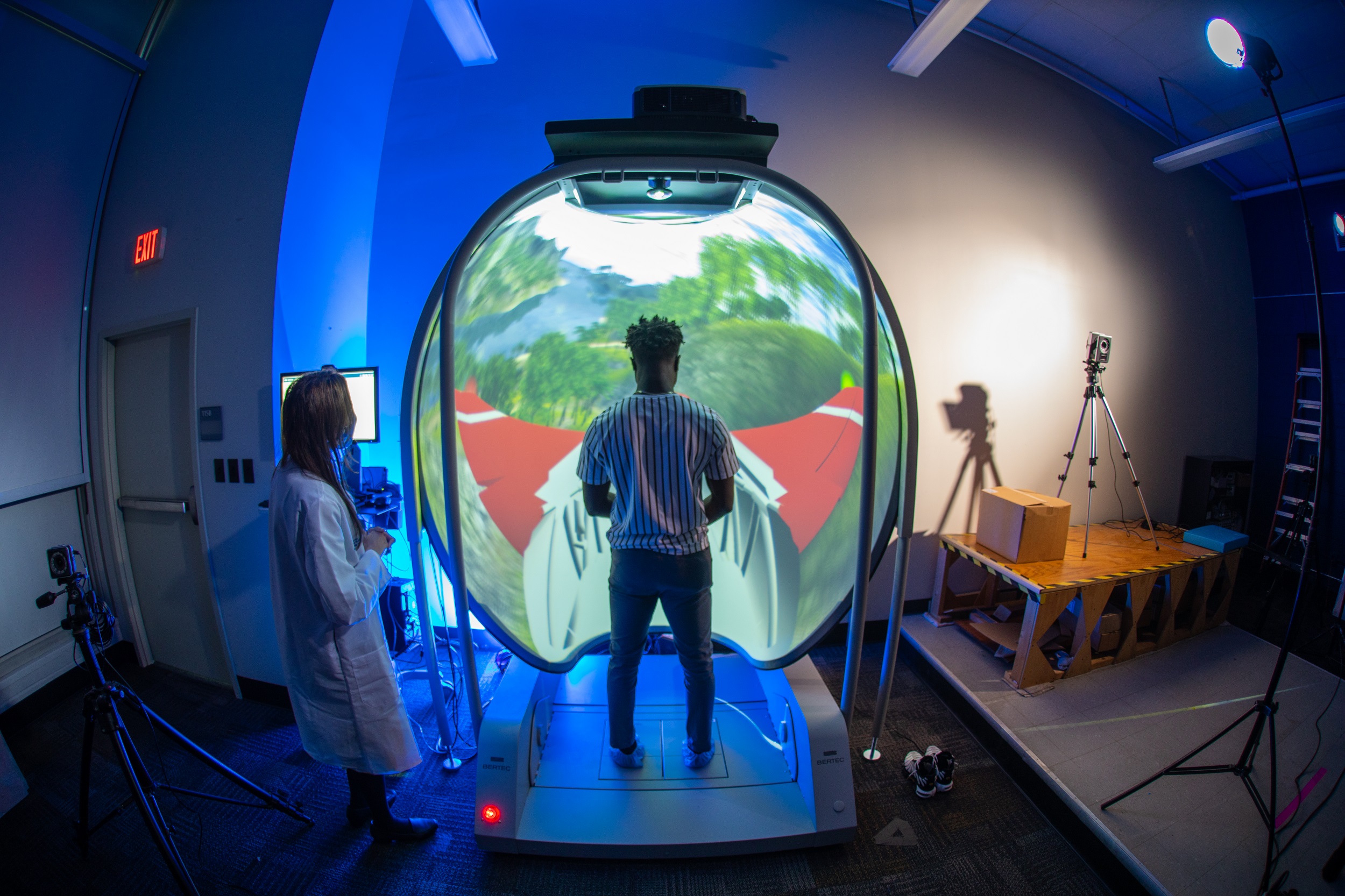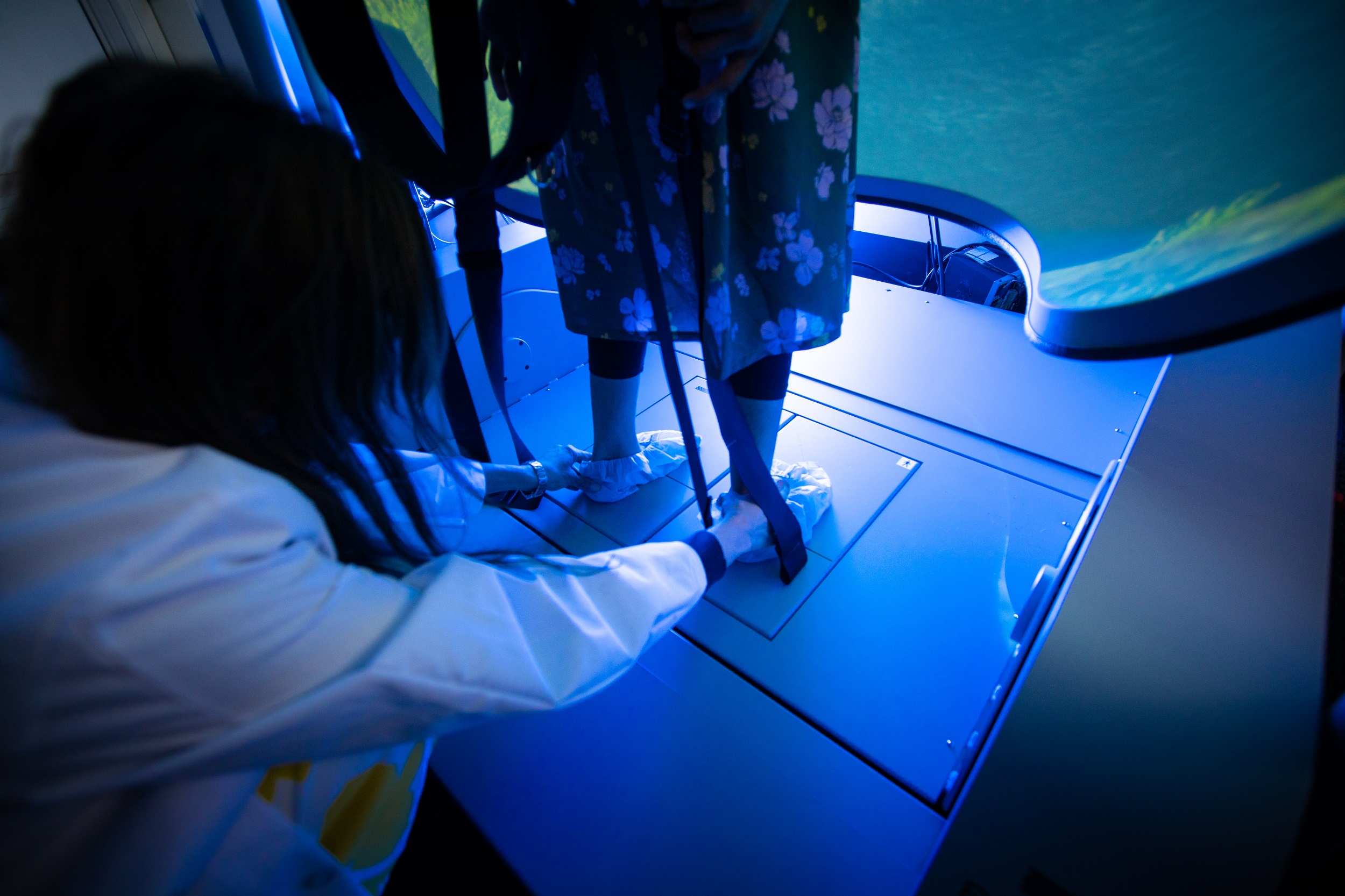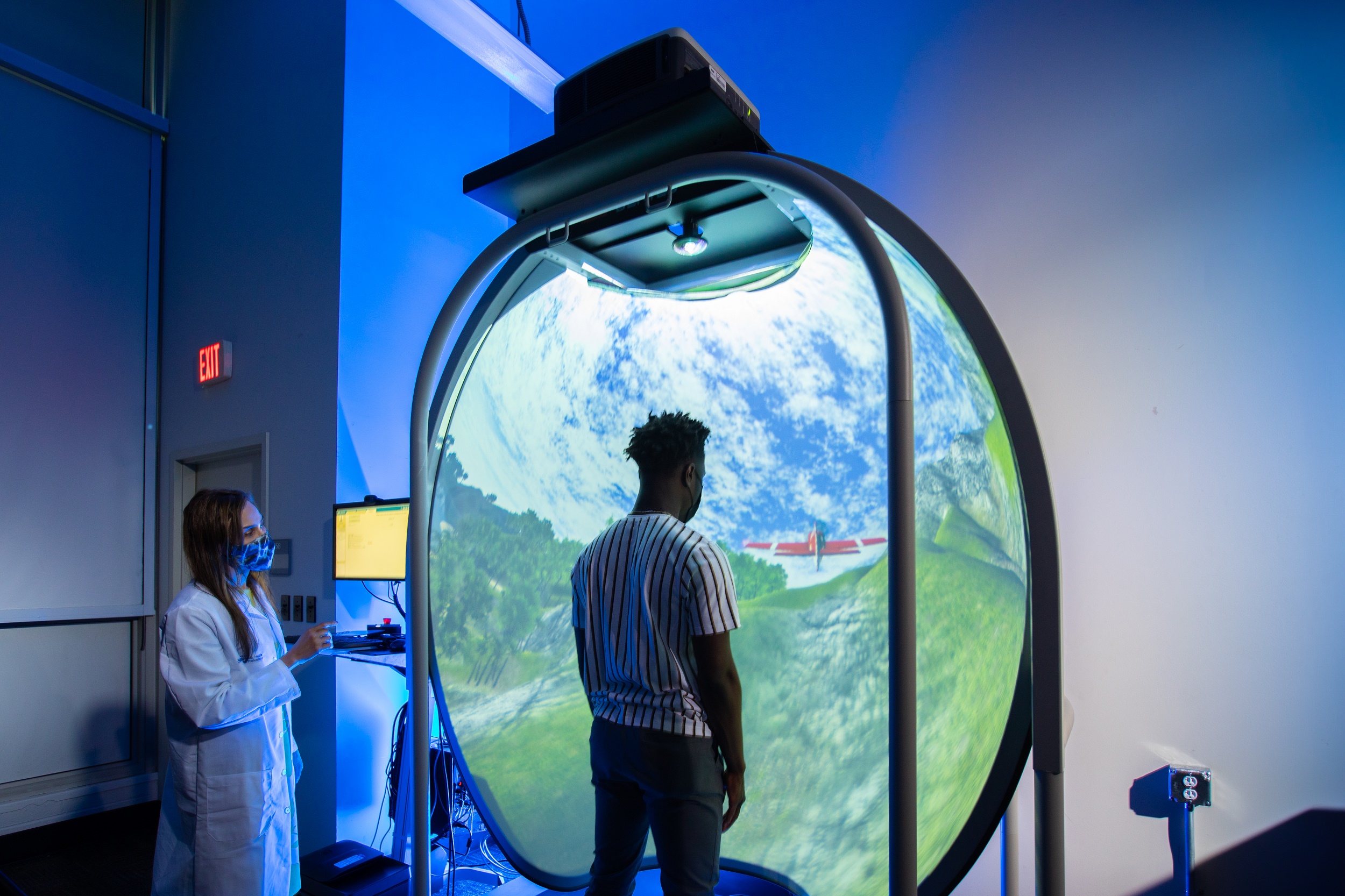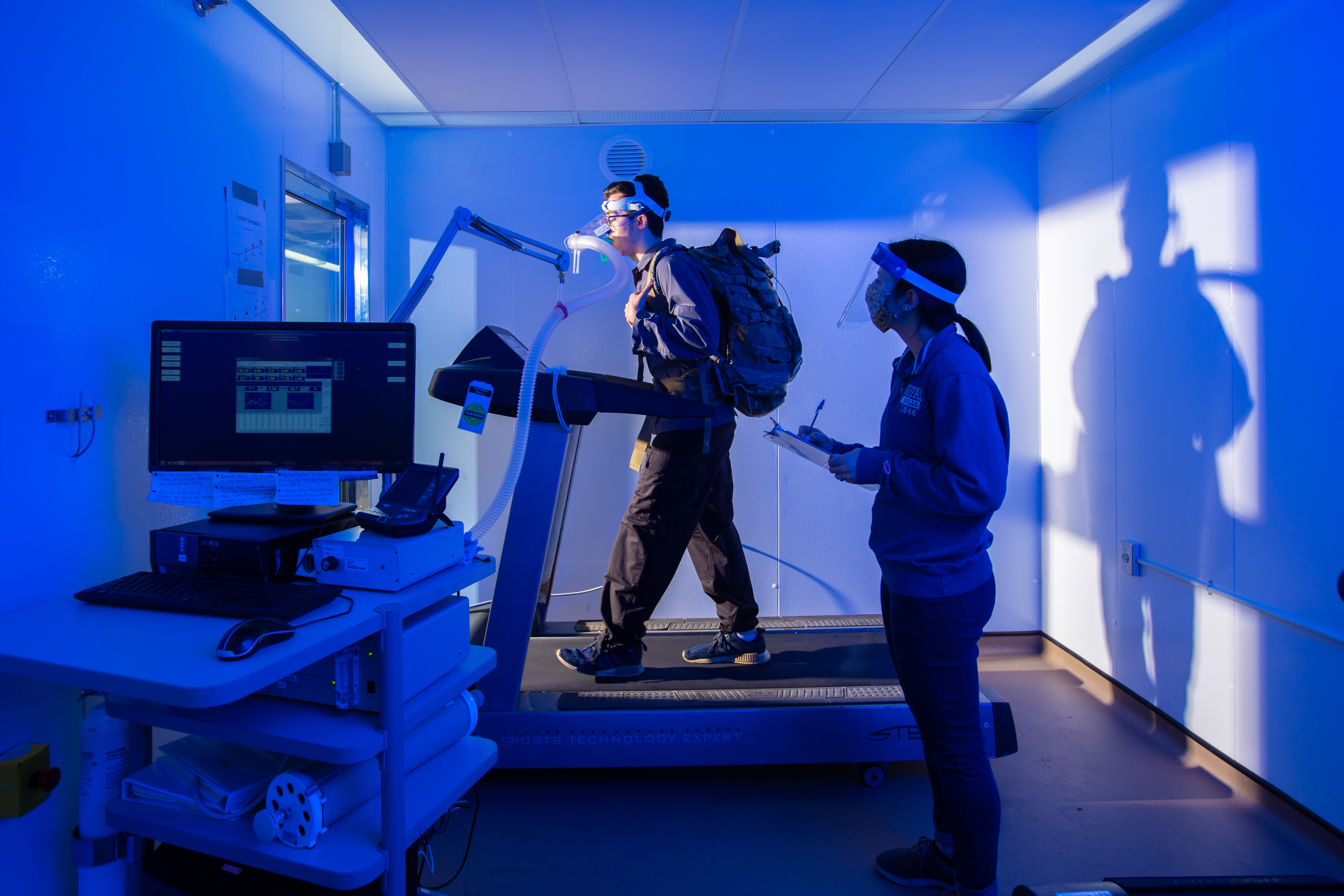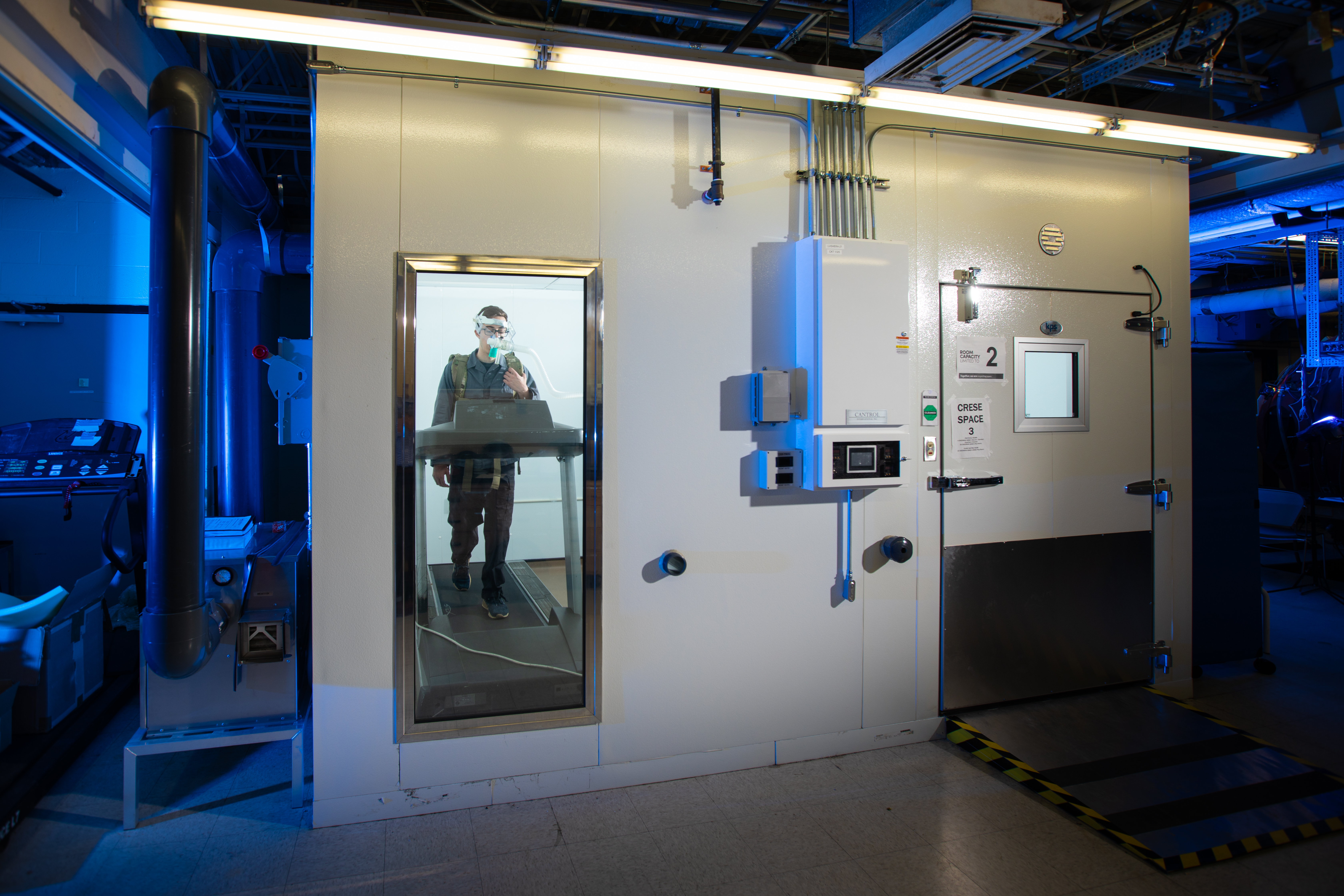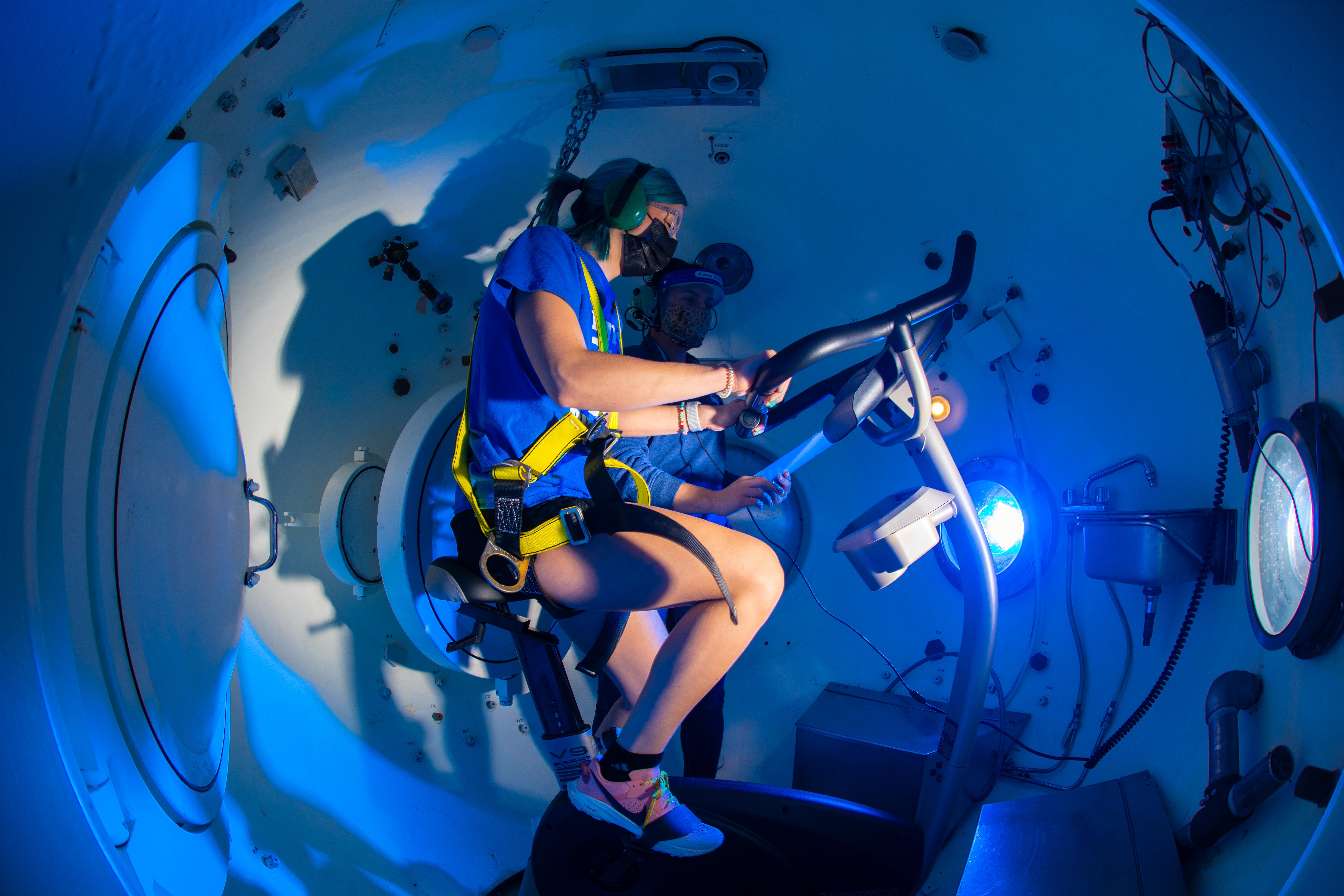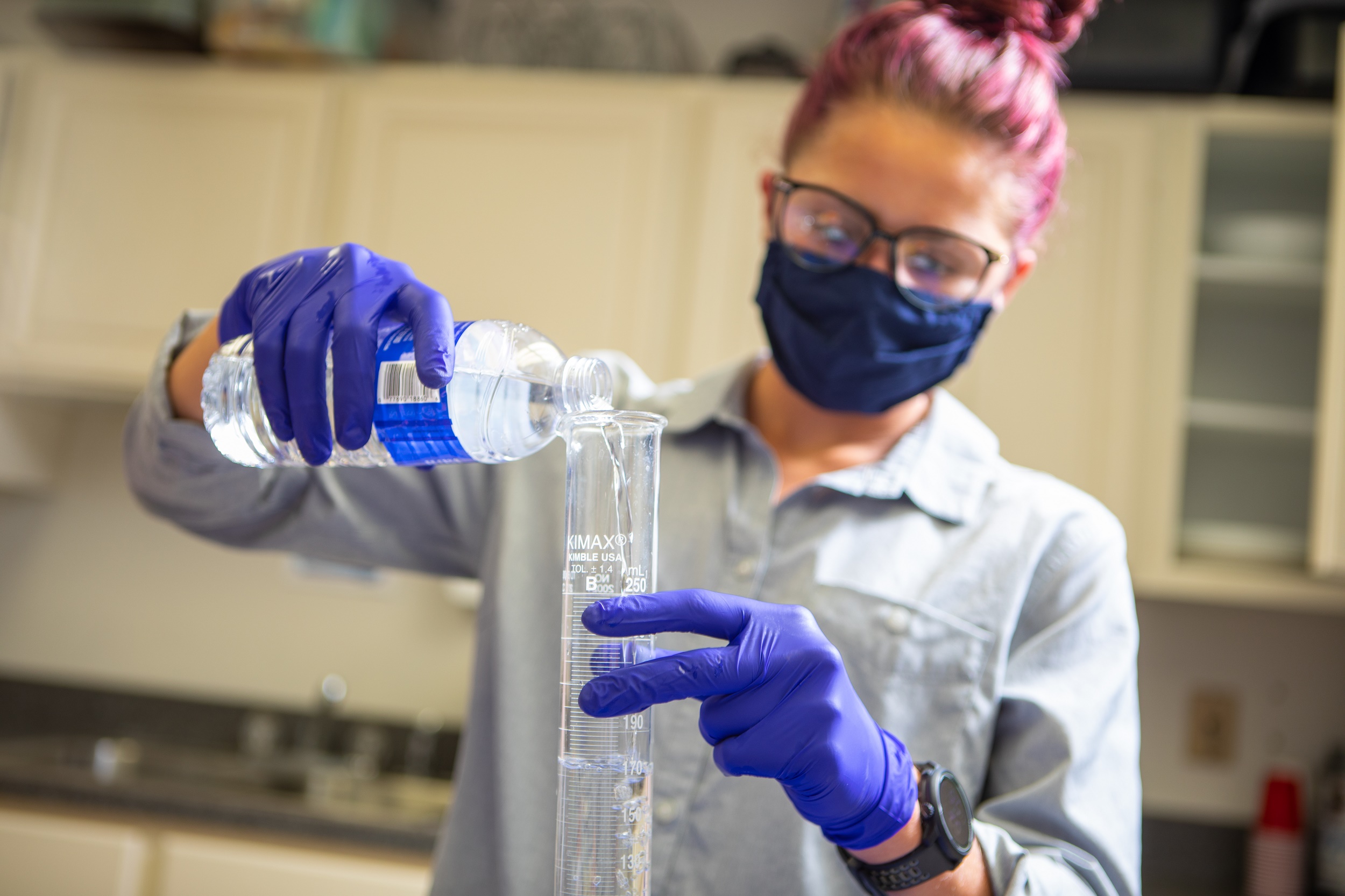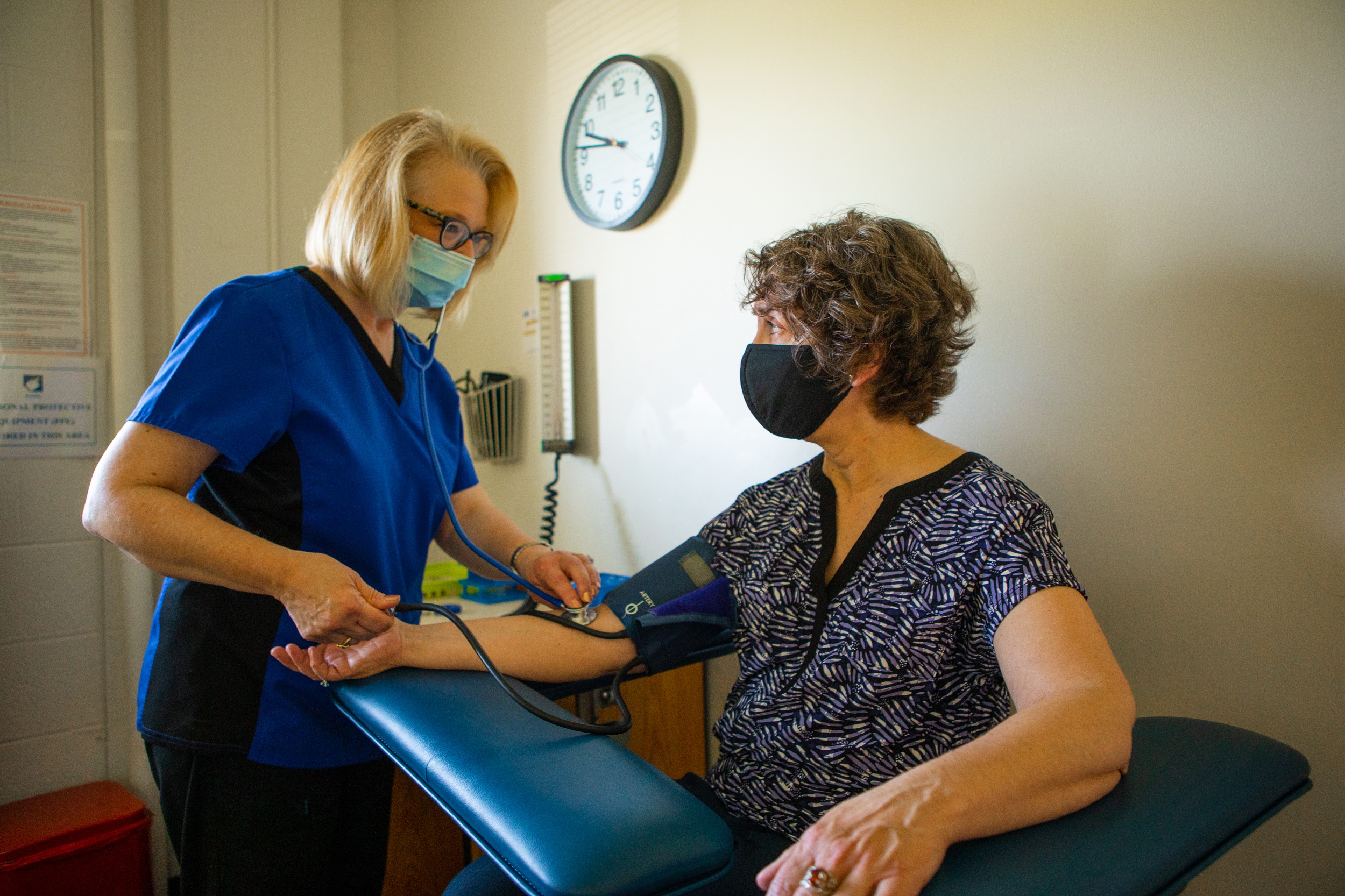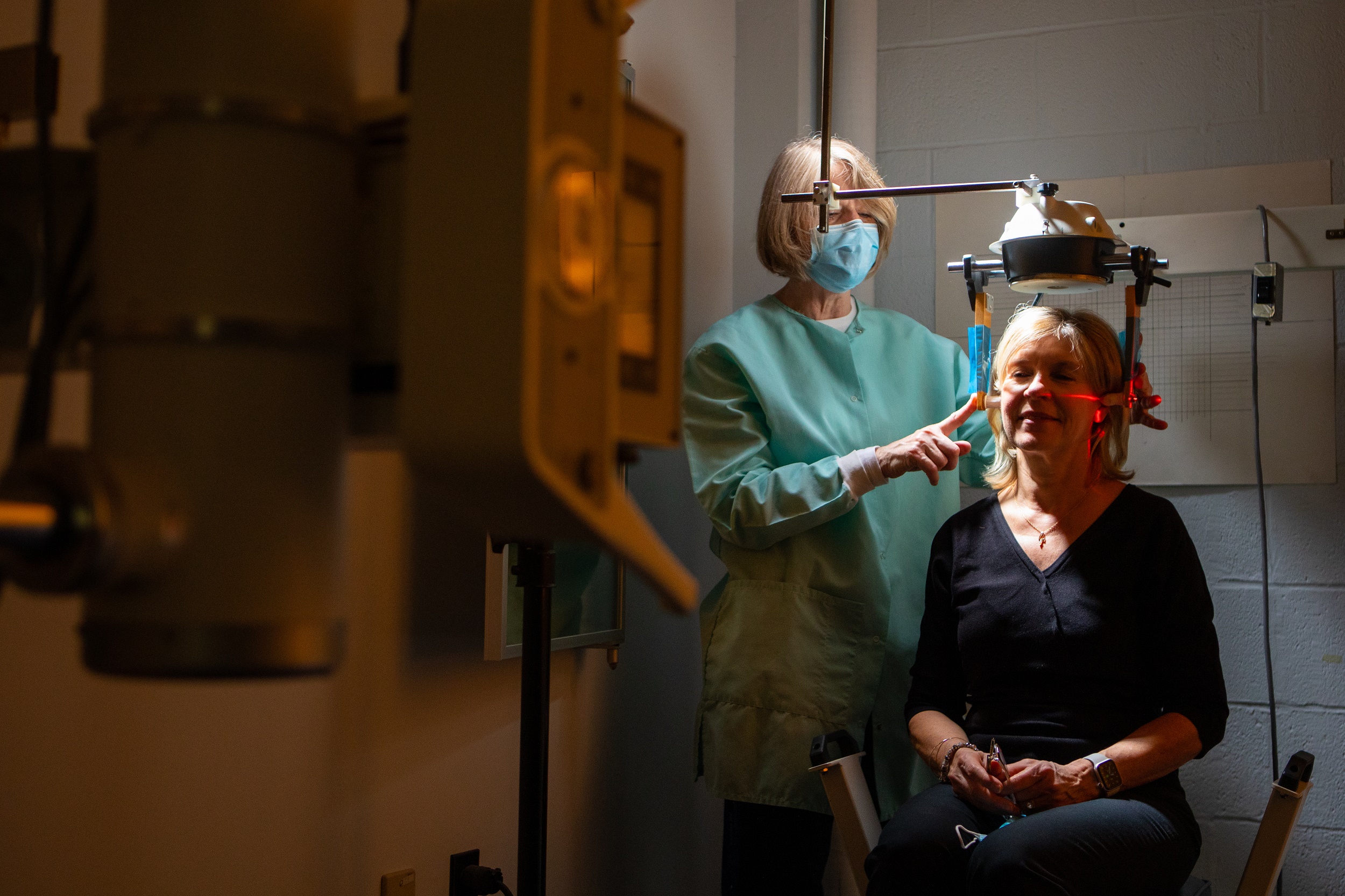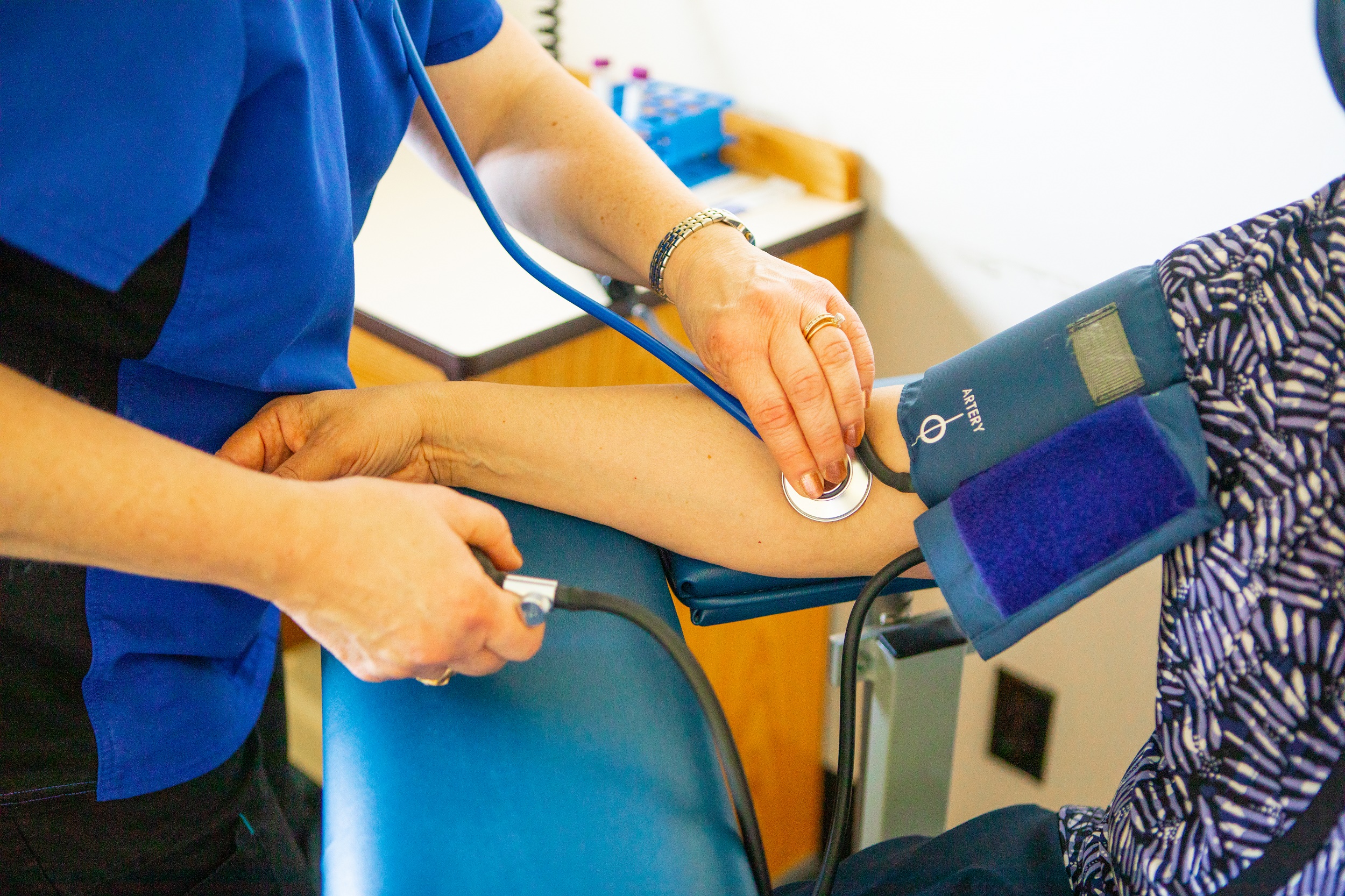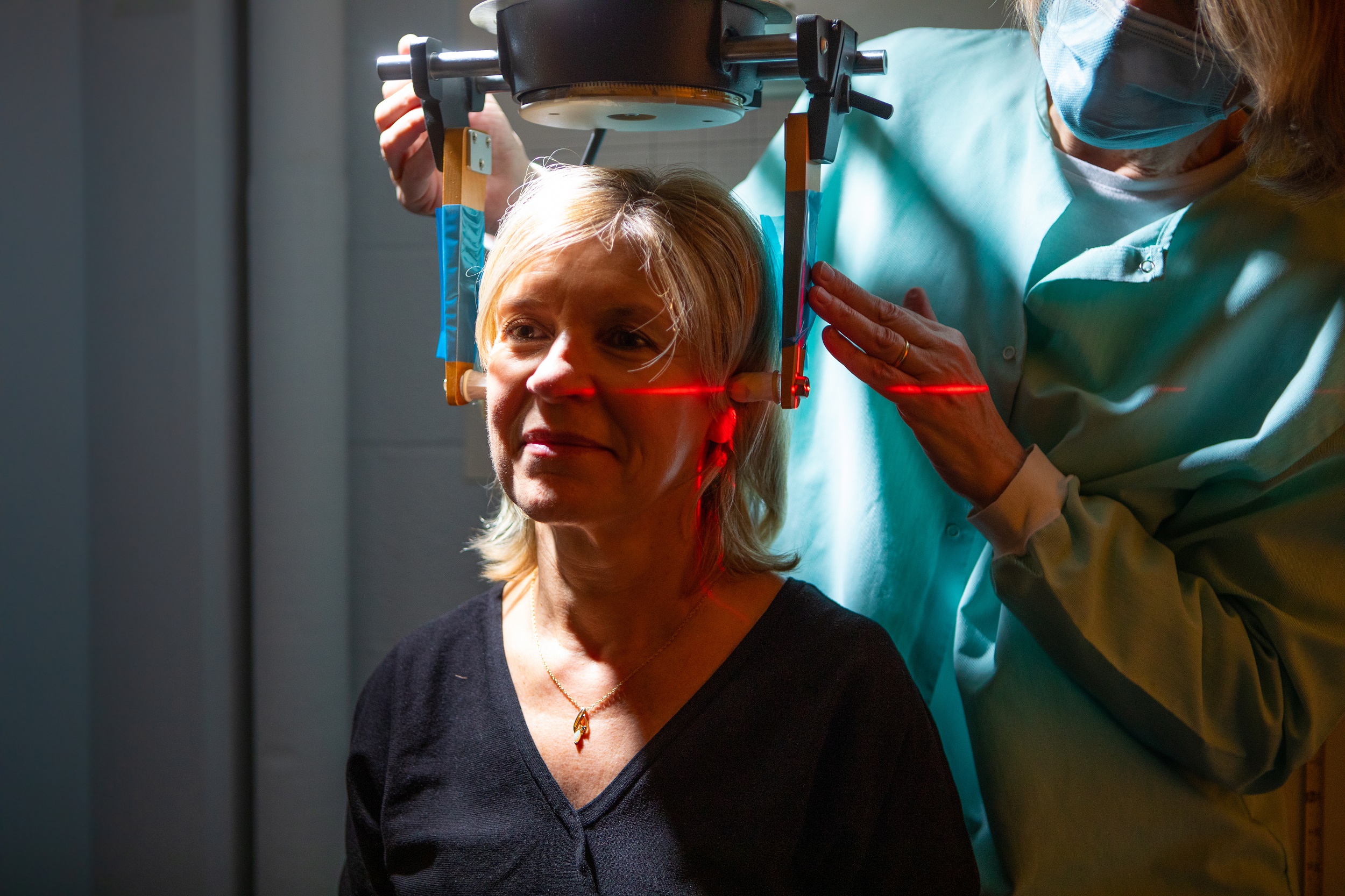
Our Research Labs
Analytical Toxicology
This multiuser facility houses instrumentation for conducting cellular, biochemical and molecular studies. We have expertise in preclinical drug testing. This laboratory concentrates on new method development and sample analysis. We have participated in nationwide proficiency programs for polychlorinated biphenyls, pesticides and mercury. We can perform numerous analytical techniques including GC and HPLC with a large variety of detection methods including diode array, -MS and ECD. We will adapt our techniques to individuals’ needs.
Biorepository
This facility houses specimens collected as part of the department’s epidemiological studies and clinical trials. The specimens are stored either in -80°C freezers and in cryogenic containers, or immersed in liquid nitrogen (-196 °C). A complex, secure computerized mapping system tracks the specimens and a sophisticated back-up system maintains integrity. The EEH specimen bank currently houses about 700,000 samples from approximately 20,000 participants.
Brain Function and Recovery
The Brain Function and Recovery Lab (BFR) uses neuromotor, neurocognitive, and neurophysiological measures to better understand sport-related, military-related, and intimate-partner violence-related acquired brain injury. The lab also focuses on identifying cutting-edge interventions to facilitate recovery in brain injury populations. It is equipped with a state-of-the-art posturography machine and neuromodulation devices with unrestricted access to body-weight supported treadmill machine and motion-capture systems. This lab is also engaged in community-based research to identify approaches to increase knowledge of and access to health care in vulnerable populations of brain injury.
Center for Research and Education in Special Environments
The Center for Research and Education in Special Environments (CRESE) is a center of excellence for applied physiology. The CRESE facility can simulate any environment, from the extremes of the deep ocean to desert, arctic and rainforest climates to high altitude and space. CRESE also houses a unique altitude and wet hyperbaric chamber bracketing 100,000 ft of altitude and 5,600 ft of depth. The center also has the world’s only annular (endless) pool, and operates one of the world’s few human-rated centrifuges.
Nutrition and Health Research
The Nutrition and Health Research Laboratory studies the influence of food and food additives on ingestive behavior in humans, and the factors that influence adults’ motivation to obtain food. Jennifer L. Temple, PhD, principal investigator and assistant professor of exercise and nutrition sciences, is conducting NIH-funded research in the lab on the influence of caffeine administration on physiological, mood and psychological responses in adolescents.
Women’s Health Initiative
The Women’s Health Initiative (WHI) is a long-term, national health study that has focused on strategies for preventing heart disease, breast and colorectal cancer, and osteoporotic fractures in postmenopausal women. UB is one of the original 16 “vanguard clinical centers” selected to participate in the initiative, and also serves as the WHI Northeast Regional Center, managing data collection and scientific coordination among nine WHI-affiliated institutions in the mid-Atlantic and Northeast regions.
Our Research Labs
Photographer: Douglas Levere




